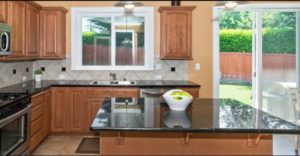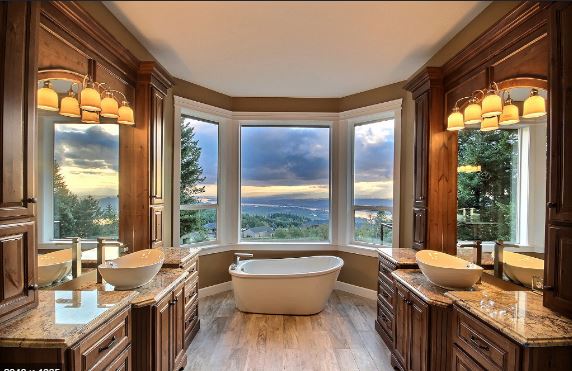At first glance, it may not seem like there is a lot to a window. It is a piece of glass in a frame, isn’t that right? While that might have been true a long time ago, modern replacement windows in Portland, OR feature more components. The anatomy of replacement windows largely depends on the window style. And while components are mostly the same from style to style, the location and functionality of those components may differ. To help keep things simple, this article uses a double-hung window as the baseline. It is one of the most popular styles for replacement windows and features some of the more unique window components.
Frame
The frame on every window is the enclosing structure. It surrounds the window and attaches to the wall opening, providing support and security. The frame includes the window sill (base of the frame), the jambs (the side pieces), and the head (top piece). Frames on replacement windows can come in a variety of materials. The most popular window frame materials include vinyl, aluminum, fiberglass, and wood. The material of the frame has a lot to do with the appearance of the window as well as the durability. Each material comes with unique advantages and disadvantages to consider before settling on what may be right for your project.
Insulation
The frames on most modern windows are made up of interlocking chambers for integrity and efficiency. The hollow spaces usually have some type of filling material inside meant to improve energy efficiency. The most common is polyurethane foam. It reduces heat transfer through the frame.

Sash
The window sash sees the most action. It is the part of the window that contains the glass. It can be a fixed sash or it can be an operable sash that moves. On picture windows the sash is stationary. On casement windows, the sash pivots out. On sliding windows, one sash remains fixed while the other slides back and forth. And on double-hung windows, both sashes move up and down inside the frame. The sash has rails that run horizontal at the top and bottom, and stiles that run vertically on each side. The rails and stiles hold the window glazing in place.
Glazing
While it may just seem like a piece of glass, the glazing system is much more technical. Most modern windows feature more than a single pane of glass. Instead, there are multiple panes of glass spaced apart and sealed as a single unit called insulated glazing units (IGUs). Double-glazed windows have two panes of glass and are standard for most windows installed in mild climates. Triple-glazed windows have three panes of glass for added insulation and work best where the weather is more extreme. And between the panes of glass, there is a special inert gas. It does not transfer heat to help boost the efficiency of the windows. And there are also special coatings or applications on the glass that can reduce radiant heat, block visible light transmittance, and even reduce unwanted noise pollution.
For more information about replacement windows in Portland, OR contact the design and installation experts at EnergyGuard Windows & Doors.

